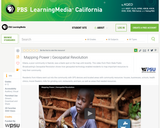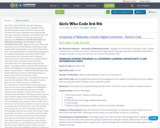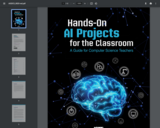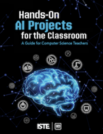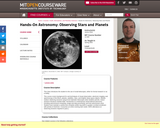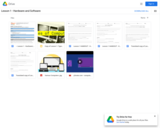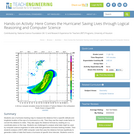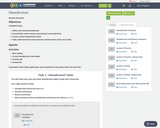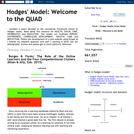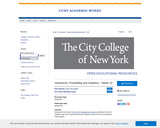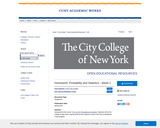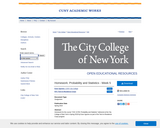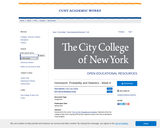
The emergence of transformer architectures in 2017 triggered a breakthrough in machine learning that today lets anyone create computer-generated essays, stories, pictures, music, videos, and programs from high-level prompts in natural language, all without the need to code. That has stimulated fervent discussion among educators about the implications of generative AI systems for curricula and teaching methods across a broad range of subjects. It has also raised questions of how to understand both these systems and the at times overstated claims made for them. This class will introduce the foundations of generative AI technology, and participants will explore new opportunities it enables for K–12 education. It will also describe and explore how an analytical frame of mind can help make clear the core issues underlying both the successes and failures of these systems. Much of the work will be project-based, involving implementing innovative teaching and learning tools and testing these with K–12 students and teachers.
- Subject:
- Applied Science
- Computer Science
- Education
- Educational Technology
- Engineering
- Material Type:
- Full Course
- Provider Set:
- MIT OpenCourseWare
- Author:
- Abelson, Harold
- Ali, Safinah
- Breazeal, Cynthia
- Davis, Randall
- Moore, Kate
- Ravi, Prerna
- Date Added:
- 09/01/2023
